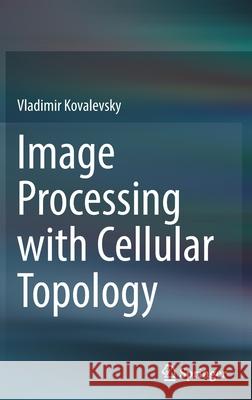Image Processing with Cellular Topology » książka
topmenu
Image Processing with Cellular Topology
ISBN-13: 9789811657719 / Angielski / Twarda / 2022 / 198 str.
Image Processing with Cellular Topology
ISBN-13: 9789811657719 / Angielski / Twarda / 2022 / 198 str.
cena 564,88 zł
(netto: 537,98 VAT: 5%)
Najniższa cena z 30 dni: 539,74 zł
(netto: 537,98 VAT: 5%)
Najniższa cena z 30 dni: 539,74 zł
Termin realizacji zamówienia:
ok. 22 dni roboczych
Bez gwarancji dostawy przed świętami
ok. 22 dni roboczych
Bez gwarancji dostawy przed świętami
Darmowa dostawa!
Kategorie:
Kategorie BISAC:
Wydawca:
Springer
Język:
Angielski
ISBN-13:
9789811657719
Rok wydania:
2022
Wydanie:
2021
Ilość stron:
198
Waga:
0.45 kg
Wymiary:
23.39 x 15.6 x 1.27
Oprawa:
Twarda
Wolumenów:
01
Dodatkowe informacje:
Wydanie ilustrowane











